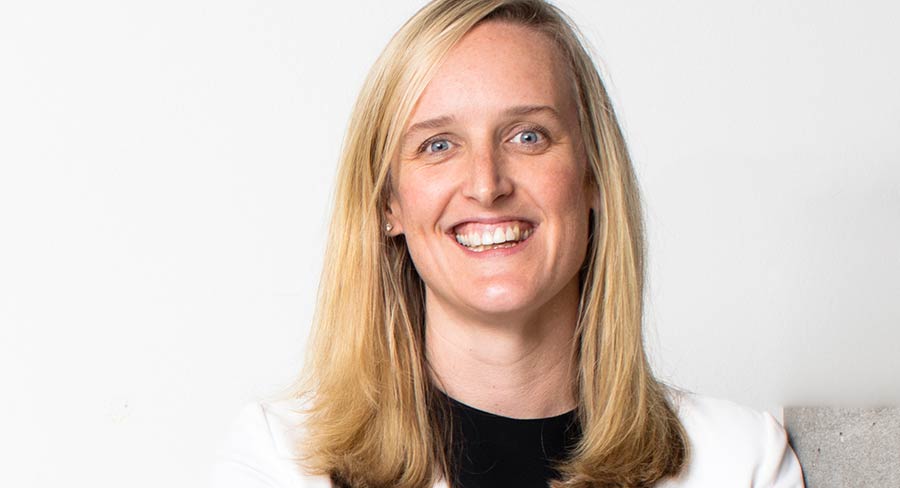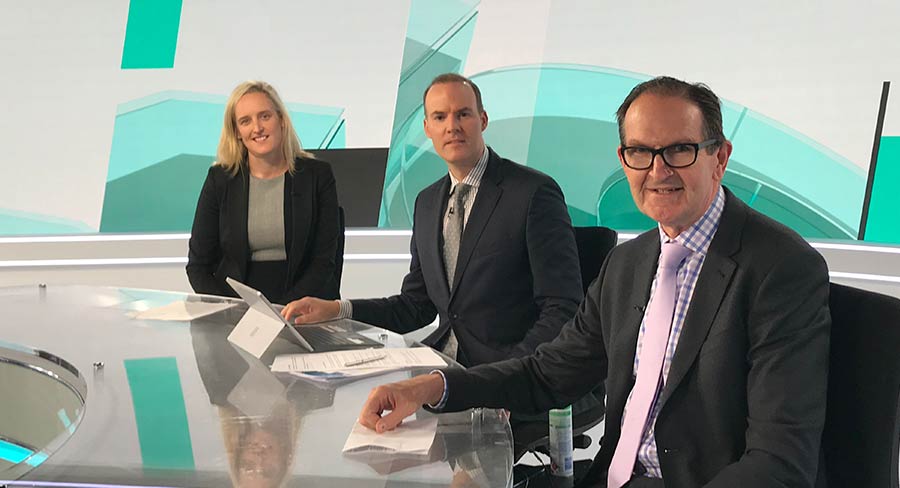By James Manning & James Daggar-Nickson
OMD Australia ranks as the top media agency in the country, with over 600 staff nationally and has also consistently ranked among the best places to work in Australia.
Some of Australia’s biggest companies rely on its expertise to invest their marketing spends. That list includes Coles, Target, Qantas, Estee Lauder, Hasbro, Mazda, McDonald’s and Telstra.
To talk about the agency and the advertising climate this year, OMD chief executive Aimee Buchanan was Mediaweek’s guest on Your Money recently. Here are some of the highlights from the interview.
“We had a very good year in 2018,” Buchanan told the Your Money audience. “Winning Suncorp was the pinnacle which we won in December. It was a fantastic achievement from the team because of the challenges they posed to us.
“Some of the 2018 successes that weren’t as widely spoken about were some of the client extension work we were given like Qantas awarding us their international business and Tabcorp awarding us UBET.
“We try not to talk about it as a wave of success, it is more about a sustainable, long term approach. We don’t want to grow in a way that compromises our people or existing clients. You can get a little bit too greedy and all that happens is that your people and your clients suffer.”
Many of key roles at OMD are filled by woman, which is part of the media agency’s success story.
“About 77% of our workforce is female. There has been a long-standing challenge getting representation at senior levels, but 73% of our executive team are female.
“We have done a lot of work supporting women through different life stages. When women have children, or get into their 40s, which is considered old in our industry, they tend to leave. We have done a lot of work on retaining them. We have doubled our parental leave policy and introduced a flexible work policy for all staff and we have seen our rates of retention of women returning from work after having children go from 29% to 89%. That is experienced, great talent we didn’t want to lose.”

Aimee Buchanan
Buchanan said there is roughly an 8% talent shortage in the industry so there is a big demand for talent. “It is known as an industry with high burn out. We are a people based business and we are only as good as the people sitting behind the desk.”
2019 Q1 ad spend and outlook
“It is a bit of a surprise in that we didn’t anticipate a decline in the first few months. We did anticipate a slowing of channels that had a lot of growth. Our view is the year will probably end up flat.
“Digital is coming back to 12-13% growth as it reaches maturity after historically being in a 20%+ growth cycle.
“None of our clients are indicating a massive decline in budgets. The only interesting shift we are seeing is a lot of clients seeing the need to invest in a digital data technology ecosystem which is taking a little bit of budget to invest in the infrastructure required. But that is not enough to tip the numbers.”
Regional media spend
When asked about the regional media Boomtown campaign, Buchanan said regional was “a totally overlooked part of the market”.
She added: “There is a big opportunity and the Boomtown initiative is a fantastic thing. We have lacked an industry body in that space for a while and there is an educational job to be done for both marketers and agencies.”
Buchanan was asked digital viewability, accountability and safety.
“You need to separate them out. I would say there is a massive education job that is being done with the first two with advertisers, publishers and agencies to measure and manage. Brand safety poses an interesting moral dilemma for advertisers. Do we support and promote platforms that are user generated content based and not moderated or editorially controlled. Do we do that or do we compromise on the efficient scale and reach that we can get through those channels.”
Buchanan said the agency and client share equal responsibility in those discussions.
Has the consolidation in print with Fairfax now part of Nine changed the outlook for that sector?
“We are seeing the decline of print slow. But I don’t think that is a result of consolidation. It is a result of the people who were reading newspapers still reading newspapers.
“We won’t see massive volume shifts off the back of consolidation. People won’t suddenly be booking a lot of ads in newspapers because of the Fairfax-Nine relationship.
“What I think we will see is the Fairfax-Nine team [offer] really great strategic solutions that meet the needs of a client which will make them reappraise it.”
Television spend and audience habits
“There is always opportunity and challenge in these things. The challenge is how do you maintain reach and scale with increasingly fragmenting audiences. That is every advertiser’s challenge and I’d be lying if I said we didn’t struggle with that day-in and day-out.
“The opportunity is we are seeing consumers go to the content that they want to watch when they want to watch and they have control over that.
“That opens an opportunity for us to buy at an audience level versus a demographic level which comes with is own challenges.”
Watch Mediaweek on Your Money Thursdays at 2.30pm
